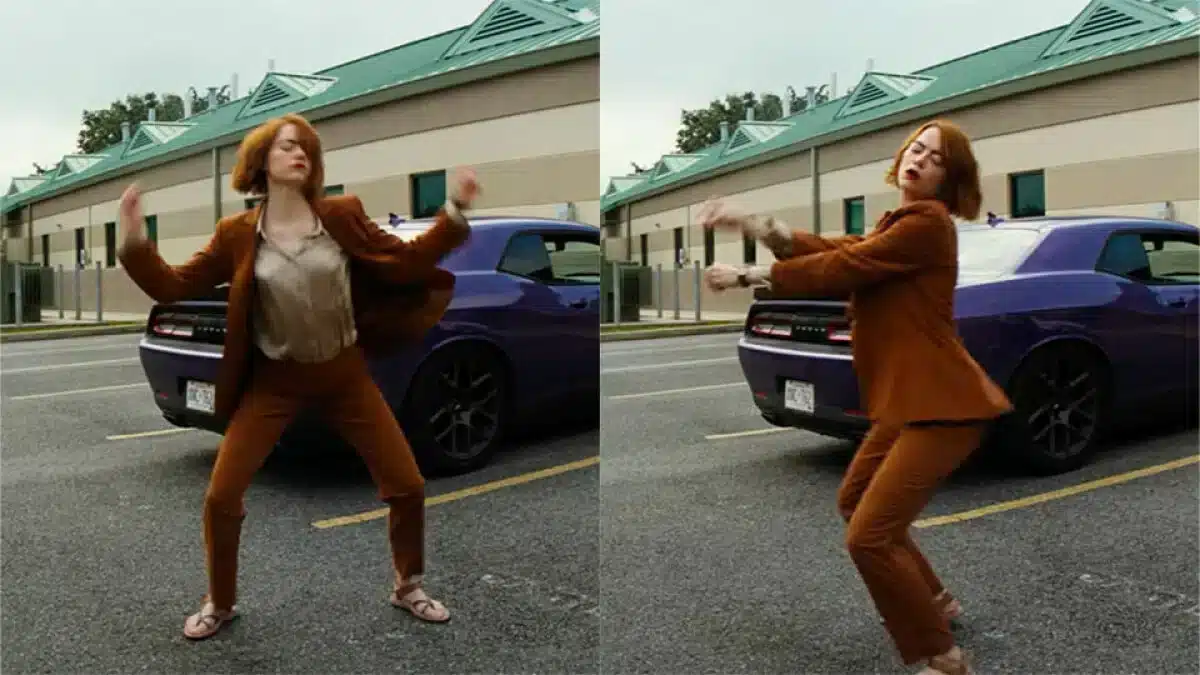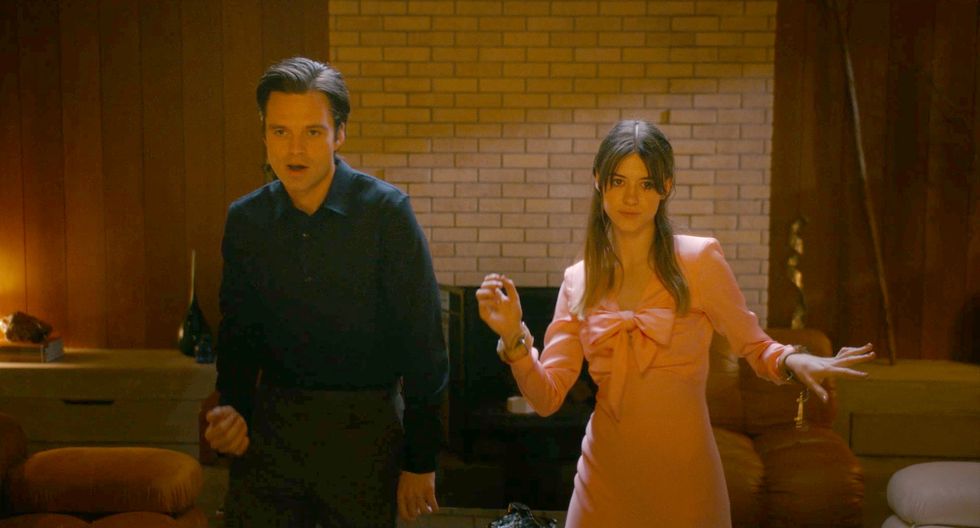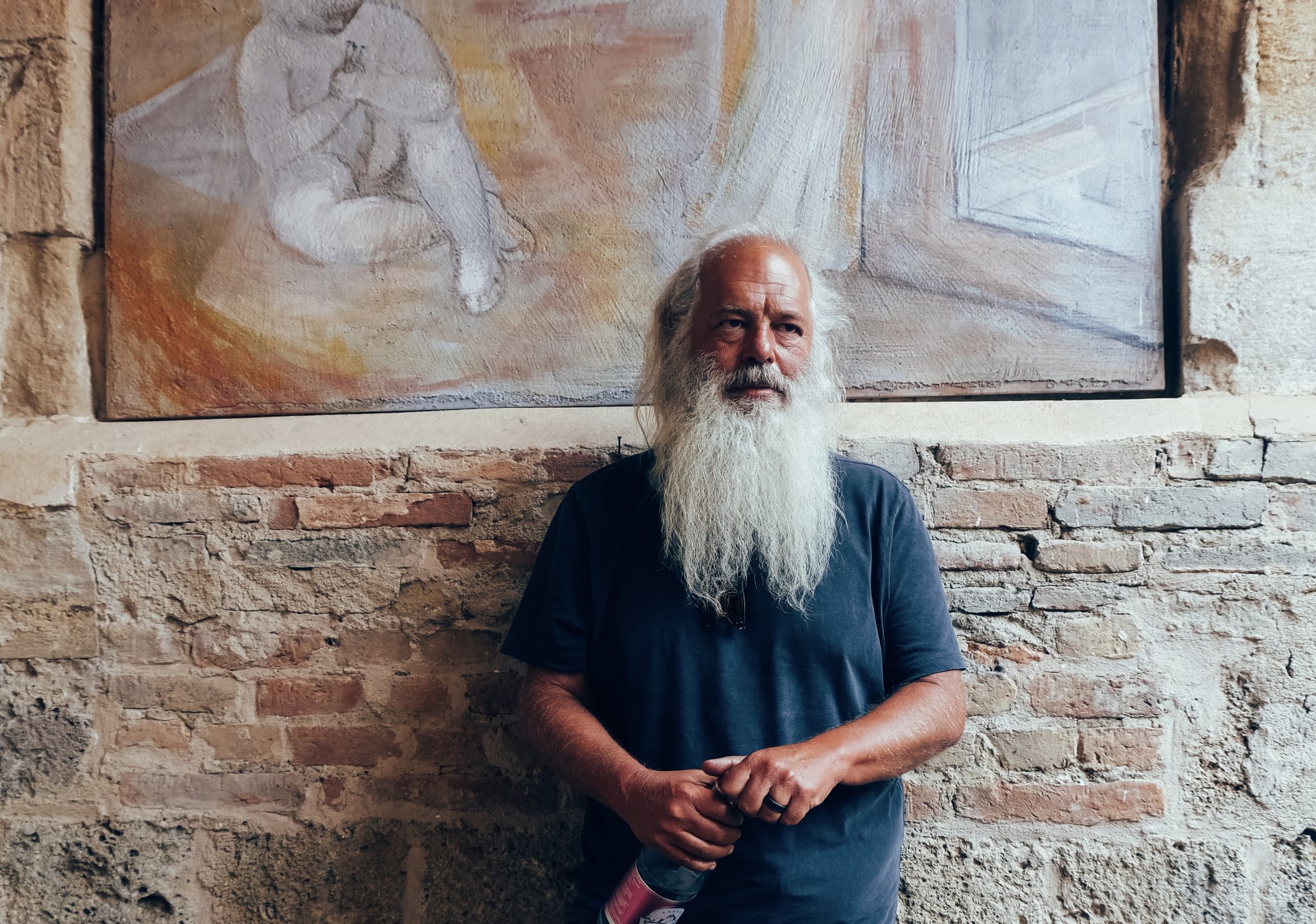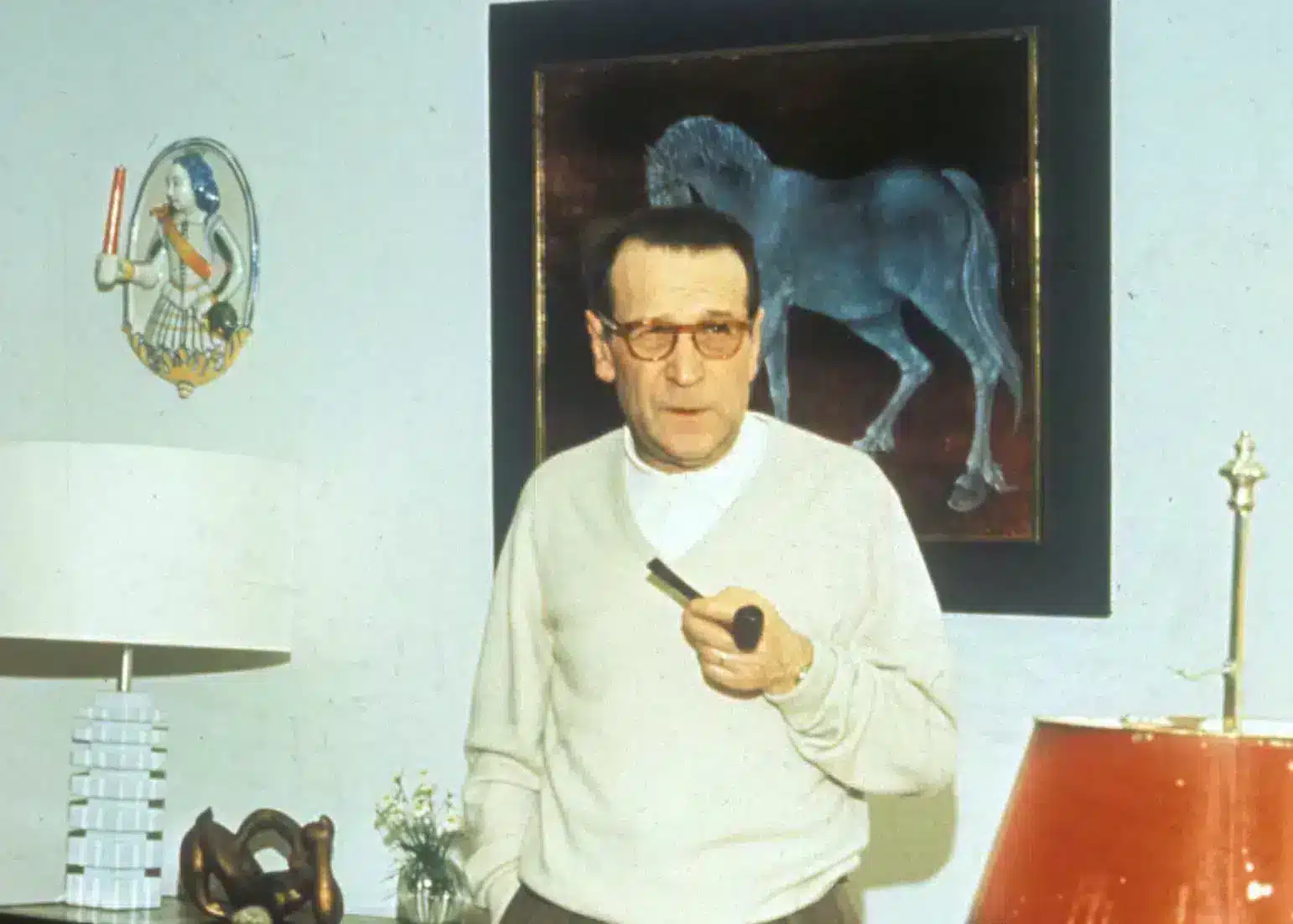
When it comes to creating dance scenes sprung from the depths of the subconscious, Yorgos Lanthimos is an absolute master of his craft. From The Favourite’s baroque, body-popping courtesans to Emma Stone’s lurching pas-de-deux with Mark Ruffalo in Poor Things, the Greek auteur’s canon teems with characters tearing up the dancefloor to generally disconcerting effect.
In Kinds of Kindness it’s tossed in almost casually, when Stone, playing a cult member who has just drugged and kidnapped the messiah, does a weird jig of delight in a car park. The story goes that Stone sent Lanthimos a WhatsApp video of herself dancing during a moment of boredom on set of Poor Things: Lanthimos said they should use it for their next film together and, voilà, another meme-worthy moment in the director’s oeuvre was born. Tellingly, the scene comes near the end of the film, and featured heavily in the round of promotional trailers teasing its release.
Dance scenes in non-musical films are nothing new, of course. They’re an essential part of the postmodernist’s toolbox, used to impart a pop-art sheen to the likes of Pulp Fiction (1993) and Bande à Part (1964) or giddy exuberance to films such as Beetlejuice (1988) and The Breakfast Club (1985). Occasionally, they might even be lyrical, as in Denis Lavant’s iconic dance routine that gives Beau Travail (1999) its haunting coda. But something about Lanthimos’ off-kilter choreography strikes a different chord. Take the standout scene from his breakout film Dogtooth (2009) in which two 20-something girls do a cutesy routine for their parents, who keep them imprisoned 24/7 at home. The eldest is beginning to suspect that something is amiss; she goes through her moves robotically, before swerving unexpectedly into a fevered ‘homage’ to the moves from Flashdance, a child’s burlesque of Hollywood sexuality. It’s a deeply discomfiting scene that puts all of Lanthimos’ themes—sex and submission, freedom and control—up on screen without a single word being spoken.
Perhaps the best—and funniest—use of the uncanny dance scene outside of Lanthimos’s filmography is in Severance (2022), Dan Erickson’s Kafka-esque black comedy series about a group of office workers who undergo a surgical procedure that splits their consciousness in two, their work selves or ‘innies’ having no idea what their leisure-time selves (‘outies’) get up to, and vice versa. The scene in question sees the workers treated to a ‘Music Dance Experience’, as a reward for productivity. (Nobody knows what it is they do, naturally.) The music strikes up, and staff shuffle vaguely round the office as their boss, played to perfection by Tramell Tillman, circles them in predatory fashion.
The effect is jarring, surreal, bluntly ironic—a mocking expression of a kind of modern dance we’re all locked into—and it seems to be everywhere you look on screen right now, abetted by the explosion in meme culture over the last decade and a half. Erickson’s recollection of the scene is telling: he’d originally wanted to cut it, fearing it would tip the show too far into silliness. But when the cameras began rolling and Tillman started strutting his funky stuff, the crew couldn’t stop laughing, telling Erickson, “Every shot of this is going to be a meme.”
In Alex Garland’s Ex Machina (2013), narcissistic tech boss Nathan (Oscar Isaac) gets his groove on with an AI sexbot called Kyoko at his supervillain’s lair in the hills. It’s another moment of unexpected comedy that Garland conceived to “bust up the tone” of his sci-fi parable, but there are deeper layers at work here, too, as they’re being watched by Nathan’s idealistic young protege, Caleb (Domnhall Gleeson). Repulsed by the grotesque nature of the scene, he seems to sense the ghost in the machine as Kyoko dances.

The desire to transcend our pre-programmed routines is a theme in After Yang (2022), kogonada’s sensitive sci-fi drama which opens with another moment of AI-assisted shape-throwing. After all, what is dance but a vehicle for individual and collective expression lashed to the controlling strictures of rhythm? In the scene, we see a family and their AI, Yang, compete in an online dance-off with families across the world. Each time a family miss a move, they’re eliminated. The scene adds a welcome dash of absurdist humour to the film, smartly foreshadowing its themes of familial love in the globalised, late-capitalist world.
With the continued rise of TikTok, a social media platform where dance routines proliferate, it feels like uncanny dance scenes are not going away any time soon. But a few recent examples make you wonder if the meme-friendly moves are in danger of becoming the whole point. In Fresh (2022), a satire of modern dating mores dressed up as a cannibal horror, Daisy Edgar-Jones and Sebastian Stan share a hypnotic dance on a date that’s about to go horribly wrong. “I wanted to capture that feeling of being vulnerable with someone new,” said director Mimi Cave of the scene, though in truth it seems more concerned with selling the film’s ‘transgressive’ credentials than with anything else.

Likewise, Barry Keoghan’s endlessly TikTok’d turn at the end of Saltburn (2023) had an air of ‘look at me, ma, I’m making internet gold!’ about it. (It’s the kind of moment that gets described as ‘iconic’ by hyperventilating bloggers two days after it’s been released.) Ditto the much-memed ‘staircase dance’ from Joker (2019), which was beautiful to look at but maybe a touch too pleased with itself to really get under your skin.
As for Lanthimos, an unexpected dance scene is pretty much the first thing you’d expect from a new film of his at this point in his career. Maybe that tells its own kind of story, but with TikTok’s tendrils in so much of popular culture right now, the dance shows no signs of slowing.



